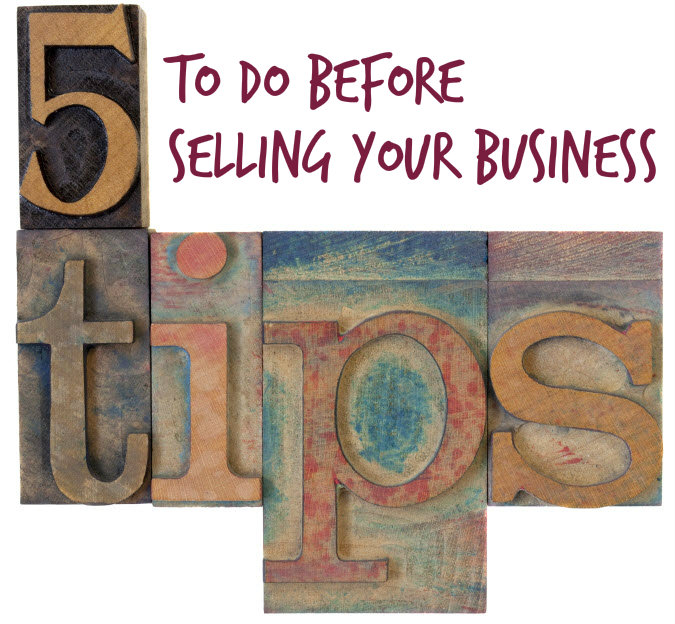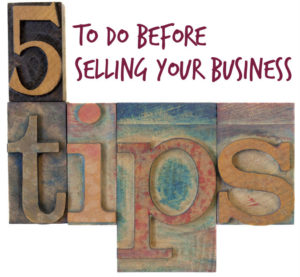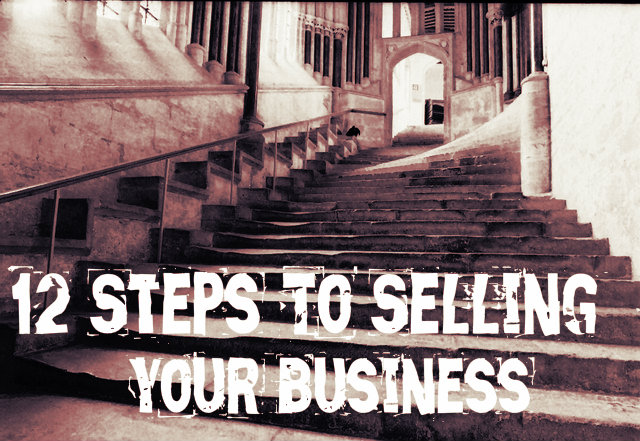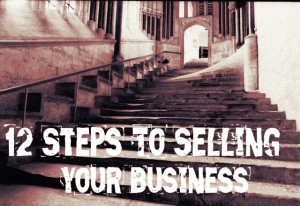
5 Tips To Do Before Selling Your Business
When selling a home there’s an industry term called ‘curb appeal’. When potential buyers are interested in a property, they often do a drive-by first to qualify whether further progress in the process is worthwhile. If the property looks untidy, dirty, in a state of disrepair or tired the potential buyer might deem the appeal to be below the threshold of future interest. If, however, the property looks appealing (from the curb) a viewing is more likely to be requested.
The same goes for a potential buyer interested in a business purchase. The qualifying process is somewhat different, nevertheless curb appeal does have the ability to make or break a sale.
But in relation to selling a business, where is the curb and what is the potential buyer looking at? And what are the tips to do before selling your business?
Let’s first explain the business sale process to demonstrate where curb appeal fits in.
For the process of selling a business, to progress, a seller first needs to express the offer. The offer will include a brief outline of the opportunity, some figures and the nature of the business. At this stage, the business itself will not be disclosed so the buyer needs to decide to move forward if the offer (on paper) looks interesting.
If the buyer expresses an interest, and after signing a non-disclosure agreement (NDA), they will then get more in-depth details including the name and location of the company for sale within the Memorandum of Information (MOI).
Curb appeal kicks in after receiving the MOI.
Once the potential buyer gets the MOI, one of the first things they will look at is the sellers’ website and online presence. This covers the website, blogs, published papers/books, Twitter page, Facebook account, Linkedin profiles and so on.
The buyer may be looking for an opportunity for a good return on investment or they might want to add on complementary products or services to the current range they offer. The reasons for buying are numerous but despite the reasoning, curb appeal will have an effect.
And how does curb appeal affect the Business Owner?
So, imagine Mr or Mrs Business Owner sitting in the car (office) along the curb looking at a house (your business’ online presence). What are they going to think? What gut feeling will they get when they see your marketing messages, testimonials, communications and overall look and feel? What are they going to think about your ability to handle online complaints?
Are they going to get excited? Will they sit up straight or perhaps lean forward closer to the screen to gain a deeper understanding about your business? Is it possible that they will quickly see the potential and will be eager to take the MOI with them to a local coffee shop and really examine the opportunity? Is it possible that the potential buyer can even envision a future where they share the website link with friends (after the sale) with pride?
You might think that a website is superficial and easy to replace but that’s not the point. Even seasoned property investors have troubles visualising the potential in something with low curb appeal. And frankly, why make it hard for a buyer to clearly see the full opportunity. I’m sure you’ve worked hard at building your business so don’t let something like curb appeal lessen your chances for a successful sale.
That being said, I’m not suggesting that sellers spend loads of cash and lots of time to seriously recreating their online presence. What I am saying, however is that sellers need to appreciate the power of curb appeal and use it to their advantage.
So here are 5 tips to do before selling your business.
Before allowing buyers to peak into your windows, do the following:
- Ensure your branding is consistent across every platform your company is involved with. The easiest way to do this is to ask your admin staff to print off the main pages of your website, your Twitter, Facebook and Linkedin pages in addition to any other area that has your business profile or details on it. Once you have all the printouts, make sure that they all have the same logo, same tag-line, same profile wording, same imagery and so forth. The aim is to demonstrate that your online presence is consistent. No buyer wants a company that has different logo’s, random profiles and outdated content stretched across the net. You can also do this exercise with your off-line client facing documents.
- Update your copy! Many business owners throw up a website or profile, put up a few testimonials and mention relevant information yet neglect to update it. Nothing’s worse than seeing a testimonial dated 2005 or seeing that the last time the company had news or a press release was in 1998. It doesn’t take long to look at the main pages and make sure that the copy reflects recent times. Take a look at all of your online communication points and make sure they’re up to date. If you haven’t tweeted in 6 months, get back onto it. There are several automated systems now available so playing the, ‘I don’t have time’ card won’t work.
- Consider refreshing the website with new images. You want to make the business look fresh, exciting, clean and relevant. By simply swapping out old images you can give the site a new look with very little costs. Check out istock.com for a wide range of beautiful photographs and other imagery.
- Do damage control on any bad reviews or public complaints. No one is perfect and everyone accepts that businesses can make mistakes. Furthermore, most people realise that there are a few chronic complainers out there just to cause pain to business owners. That aside, getting a few complaints isn’t the problem – it’s how you deal with the complaints that can get you into trouble. If someone has given you a bad rating or complained about you on a third party website (regardless as to whether the customer is in the wrong) it’s now an absolute necessity to deal with the complaint (if you haven’t already done so). You don’t have to accept blame but you do need to accept responsibility. If there are any complaints on the Internet about your business, respond to them publicly and professionally and ask to take it ‘off-line’ so that you can remedy the situation. Hopefully once a remedy has been made, you can also ask for the commenter to write another comment espousing how helpful you were.
- Be truthful. Make sure that your website is truthful and truly represents who you are (as a business). You don’t want to have information that says you have a staff of 50 when there are only 5 of you. Nor do you want to show images of a white sparkly office building when it’s actually a brown run-down abandon warehouse. When a potential buyer comes to visit and doesn’t see what’s expected they’ll quickly wonder what else is misleading.
Don’t let curb appeal distract would-be potential buyers from buying. Take a few days to assess your online presence, updated it and deal with any potential problem areas.
Kim Brown, Co-Founder of Business Wand, helps business owners navigate their way through the start to finish process of selling a business. Her specialty is to help owners cut costs and increase profits prior to sale. To understand how you can sell your business quickly for the highest sales price, purchase the book, “How To Sell A Business: The #1 guide to maximising your company value and achieving a quick business sale”


 Twelve Steps to Selling Your Business.
Twelve Steps to Selling Your Business.